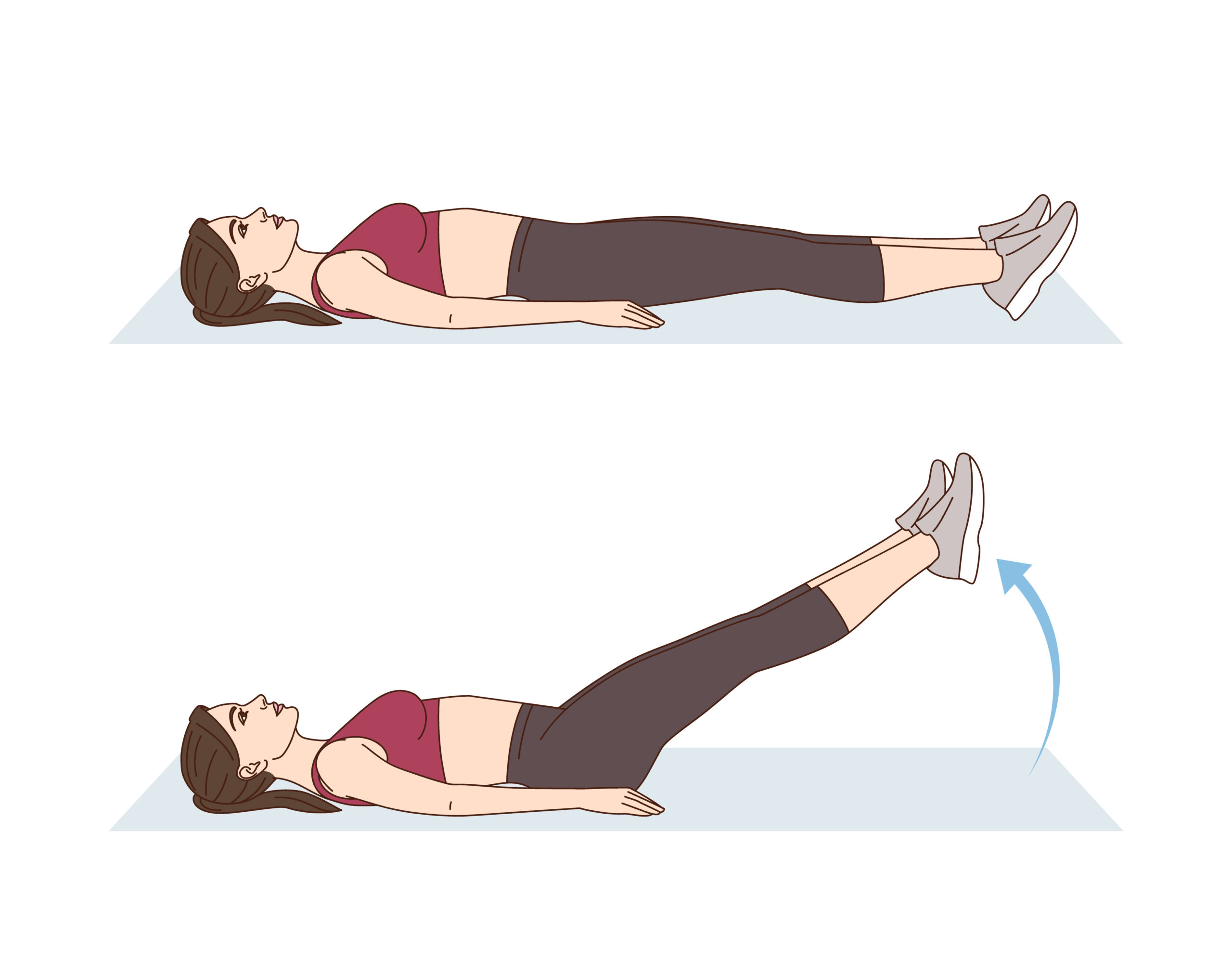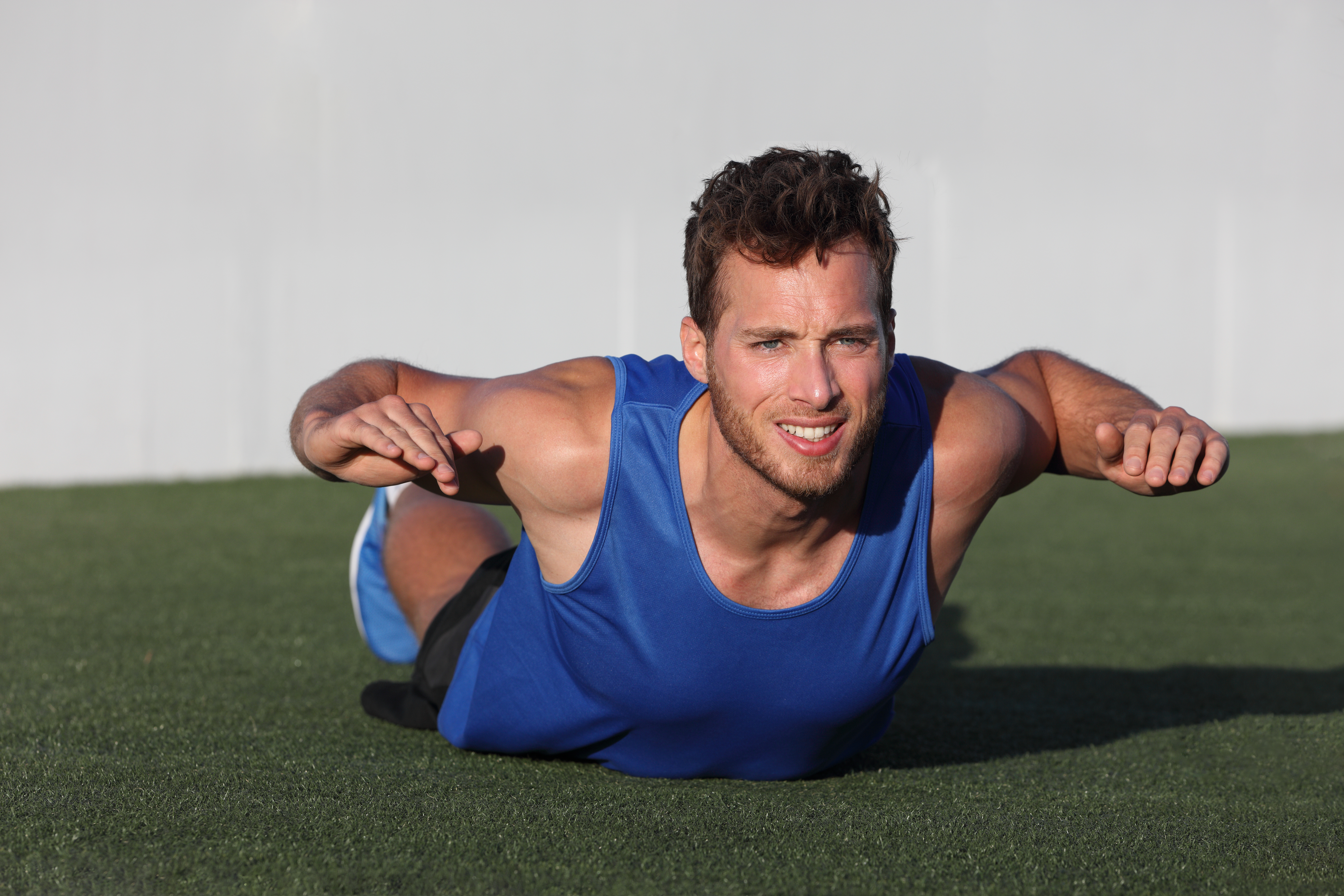Leg lifts? Really?
What are they really doing? Many will tell you that leg lifts (any variation) are good for the abdominal region. Why they believe this is beyond me. I’ve never seen an anatomy chart that has shown the abdominal muscles attaching to the lesser trochanter (hip). In fact, leg lifts are great for facilitating already facilitated musculature. What does this mean?
Facilitated muscles are muscles that are shortened and have lost their ability to stretch. It’s more of a neurological issue vs. the sensation of just an area feeling ‘tight.’ The last thing we want to do with these muscles is shorten them any further. The hip flexor muscles, or the muscles that are responsible for that silly leg lift exercise, tend to be chronically facilitated.
After all, we tend to sit/drive all day and certainly, we are not going out of our way to exercise our gluteal region. We certainly do not need to tighten the hip flexors any further. If we are trying to target the abdominal muscles, we need better ways of doing it (likely coming soon to a blog near you).
Leg lifts are good for a few things…sadly, we do not want any of these to occur:
- Tightening the hip flexor muscles that are already facilitated and do not need any more shortening as most people sit all day long
- Inhibiting the gluteal muscles that tend to be chronically inhibited, or the the opposite of facilitated. These muscle are elongated and have neurologically forgotten how to contract.
- Compressing the lumbar spine facet joints, and in conjunction with the imbalances already likely there, creating unnecessary spinal stress
First, and this is a big IF, we wanted to move the legs to bring the abdominal musculature into play, we’d need to be in a certain position. This position would be likely against gravity (weight bearing), hanging or supported. Second, we’d start with the knees bent and thighs flexed to 90 degrees, or parallel to the floor. Third, we’d curl the knees to the chest. This would roll the pelvis in a non-compression movement (remember, we are suspended/hanging).
This would force the lower portion of the rectus abdominis to contract to enable an approximation of the pelvis to the chest. Ta da! We would create a lower abdominal musculature contraction. If we were to rotate the lower body as we approximate the chest to pelvis, this would involve more of the abdominal muscles, mainly the internal and external oblique.

Great hip flexor exercise to shut off the gluteals, fire the back extensors, and certainly not get any abdominal muscles working. This is the type of exercise injuries are made of! 😲
Now, let’s discuss the basic poor biomechanics of the leg lift. If you lay on your back and lift your legs, certain muscles perform this movement. Those muscles are the various hip flexor muscles, primarily the psoas, iliacus, sartorius, and rectus femoris.
On the other hand, the stomach muscles mostly attach along the pubic symphysis region (bottom of pelvis). They do not attach to our thighs. Furthermore, there is ZERO chance that the abdominal muscles lift your legs off the ground. If they were to do so, you wouldn’t be human! 👽 Now, people will tell you they feel the stomach region contracting. Why is this?
Simply put, when the left and right psoas muscles (which are each the size of your forearm) contract to lift your thighs off the ground, they push out against your abdominal wall. Your buddy, who is not so great at anatomy and kinesiology, feels the stomach tighten up and thinks he/she is getting a great stomach training session in.
Truth is that the stomach muscles are inhibited (along with the gluteal musculature) as the back arches and the hip flexors and low back muscles are firing away. Again, that tight feeling in the stomach area is the hip flexors pushing out against the stomach muscles.
Oh, yeah, putting your hands under your back does not change the fact that the hip flexors force the back into extension. If the stomach muscles were firing, you’d be flexing your spine, not extending it. Anyway, the stomach muscles are not in play and it’s the hip flexor musculature your buddy is feeling. And…we really don’t need to work those as they tend to be facilitated.
So, to conclude this mess of an exercise…leg lifts do not train your abdominal region. They do train muscles that do not need to be trained. In most cases, leg lifts create tremendous imbalances and injury, and they really have no place in most any exercise program. Heck, even WebMD tells us to avoid them! Don’t do leg lifts. Don’t be a Meathead!
We hope you enjoyed this blog and please return to learn more great information!
Don’t Be a Meathead is protected by Copyright laws. If you wish to post any content from www.dontbeameathead.com, you must obtain express (written…this can be email) permission before doing so. We love sharing important information to help people and we do appreciate your respect for our intellectual property.




